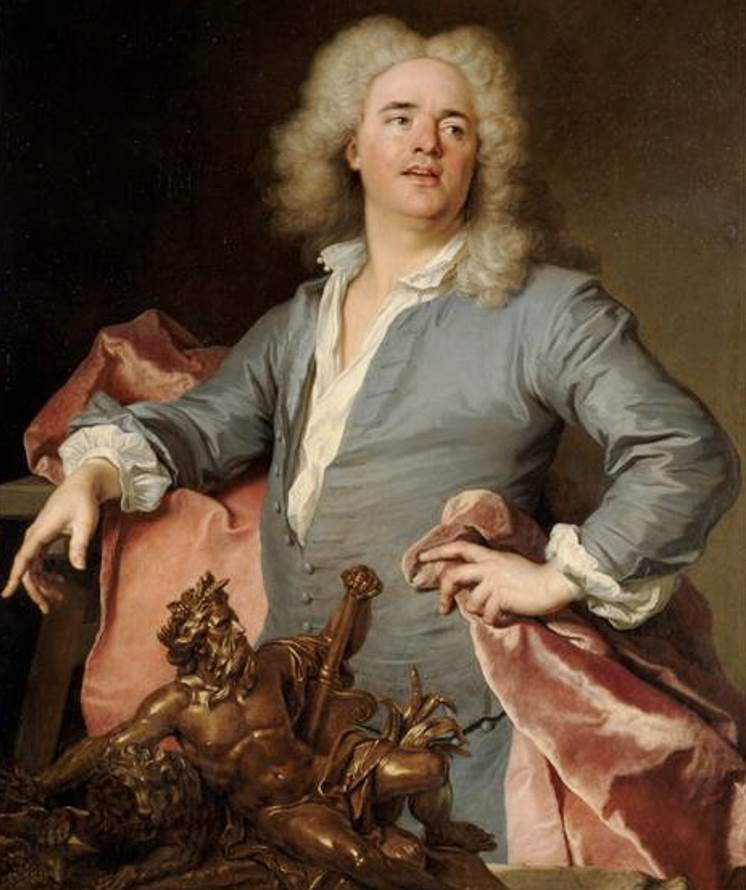The Baroque era emerged in the early 17th century and emerged when Baroque sculptors abandoned the ideals of the Renaissance sculptors before them.
They had to fill the footsteps of some of the greatest artists in history. This included Renaissance artist Michelangelo (1475-1564) and Mannerist artist Benvenuto Cellini (1500-1571) to name a few.
This wasn’t an easy task by any means but they succeeded in redefining sculpture by adding an exaggerated sense of drama and motion to their works.
Many of the most famous fountains in Rome and at the Palace of Versailles were sculpted during the Baroque era.
Another intriguing element that was integrated during this period, which lasted until the mid-18th century, was artworks that had multiple viewing angles. This allowed them to be placed in the center of a room to get different perspectives.
So who were the most famous Baroque sculptors? Below you’ll find out!
1. Gian Lorenzo Bernini
Gian Lorenzo Bernini (1598-1680) is often credited with being the founding father of Baroque sculpture. He was a child prodigy who moved from Naples to Rome in his younger years and the Italian artist barely left the city during his career.
This means that most of his amazing sculptures can be found in Italy’s capital. He produced sculptures for multiple churches in the city and carved many fountains as well. He was also a renowned architect who designed St. Peter’s Square and multiple sculptures inside St. Peter’s Basilica.
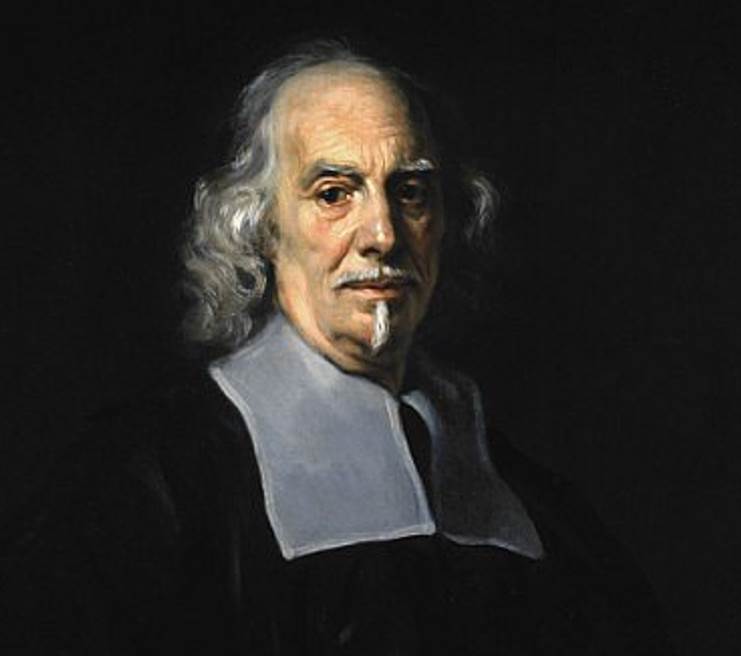
2. François Duquesnoy
François Duquesnoy (1597-1643) was a Flemish artist who spent most of his career living and working in Rome. He was nicknamed “Il Fiammingo” in the city and learned the trade from his father Jerôme Duquesnoy the Elder. His father was the sculptor of the original Manneken Pis statue in Brussels.
He arrived in Rome in the year 1618 and developed a style that depicted his subject in an idealized manner. This was in sheer contrast with the emotional and dramatic sculptures produced by Bernini. One of his most famous works is the statue of St. Andrew located in the transept of St. Peter’s Basilica.
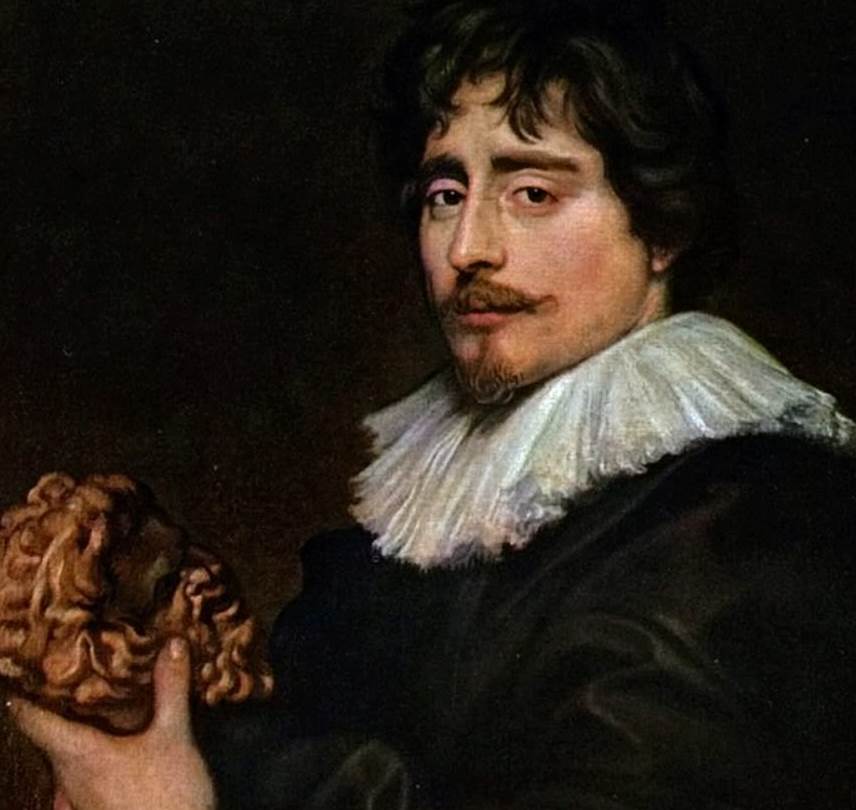
3. Alessandro Algardi
Alessandro Algardi (1598-1654) was one of the most important sculptors of the Baroque era. He was born in the same year as Gian Lorenzo Bernini and became one of his main rivals in Rome. He was born in Bologna and was trained in the studio of Agostino Carracci, the brother of painter Annibale Carracci.
He quickly developed a talent for sculpture and focusing on this aspect allowed him to move to Rome where the most important patrons of the art were living. He is mostly admired for creating amazing busts of important people. He also carved the Tomb of Pope Leo XI, a sculptural group that skyrocketed his career.
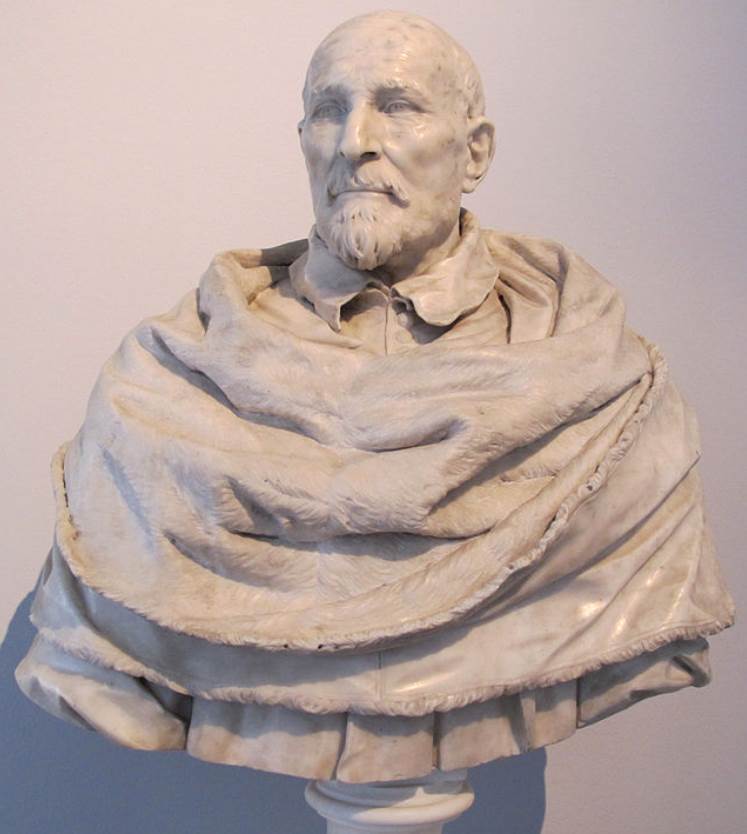
4. Antoine Coysevox
Charles Antoine Coysevox (1640-1720) was a French artist who incorporated both the dramatic Baroque style of sculpture and the classical Louis XIV style into his works. He was initially trained by copying famous ancient sculptures and this defined his technique throughout his career.
He is most famously known for producing a large number of Baroque sculptures that decorate the immense gardens at the Palace of Versailles. The epitome of his career is an immense stucco medallion of King Louis XIV which can be found in the Salon of War in the immense palace complex.
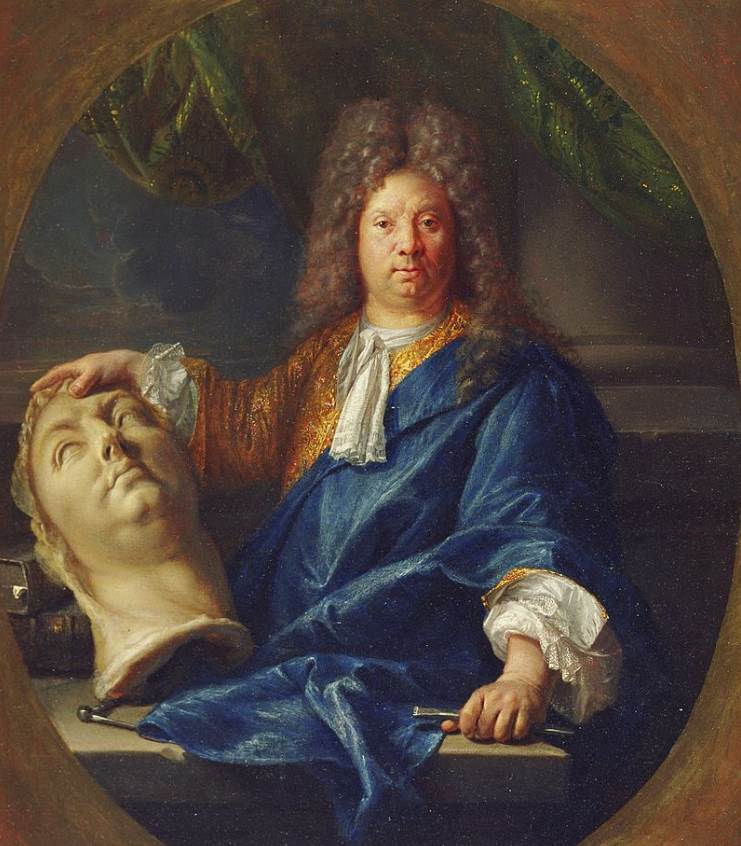
5. Pierre Puget
Pierre Puget (1620-1694) was another French baroque sculptor who had several other talents as well. He was also a renowned painter, architect, and engineer who designed many amazing buildings in his native Marseille in southern France.
He started his career by assisting a famàus Italian artist named Pietro de Cortona. Together they designed the Palazzo Barberini in Rome and the Palazzo Pitti in Florence. He gradually developed a style that was in line with the Baroque ideals of drama and motion and transformed from a humble painter into a celebrated Baroque sculptor.
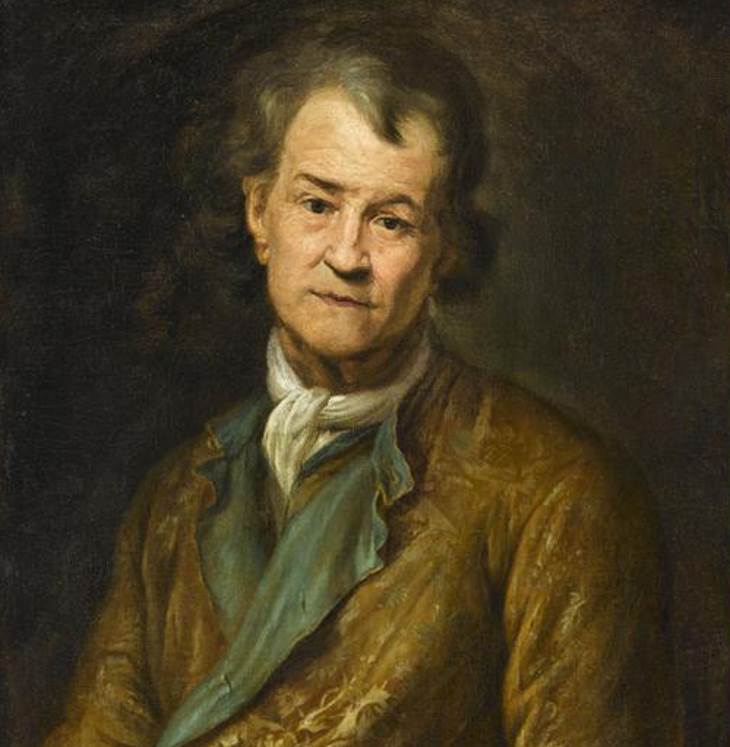
6. François Girardon
François Girardon (1628-1715) was a French sculptor who produced some of the most amazing decorations in the gardens of the Palace of Versailles. He earned plenty of commissions because he incorporated the Louis XIV style, the preferred style of the French king at the time.
He sculpted the immense equestrian statue called “Monument to Louis XIV,” a statue that once decorated the Place Vendôme in Paris but that was destroyed during the French Revolution. He also produced some of the most important busts of King Louis XIV.
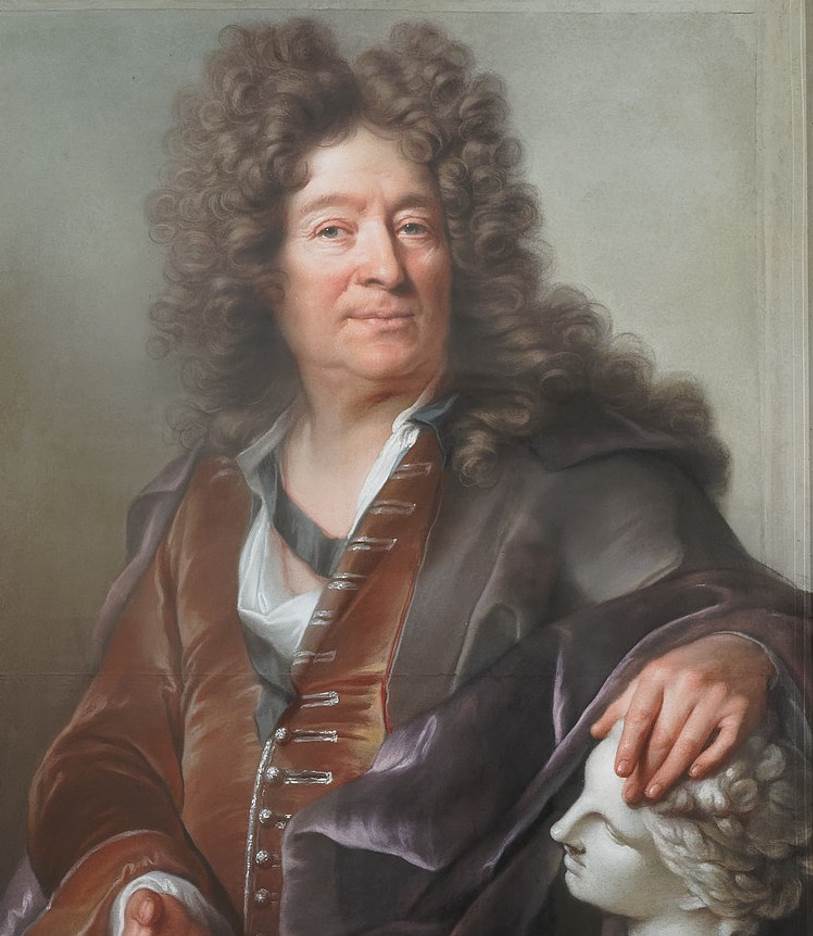
7. Andreas Schlüter
Andreas Schlüter (1659-1714) was a German artist who became highly sought-after as both a sculptor and architect. He was hired by the members of the Hohenzollern Dynasty, the rulers of the Holy Roman Empire at the time. He also worked in the Polish–Lithuanian Commonwealth and the Russian Tsardom.
His most famous extant works can be found in Berlin, as well as in Polish and Russian cities. He traveled to Italy in the late 17th century and was highly influenced by Italian sculptors Bernini and Michelangelo. The Equestrian statue of Great Elector in Berlin and the Amber Room at Catherine Palace are his most celebrated works.
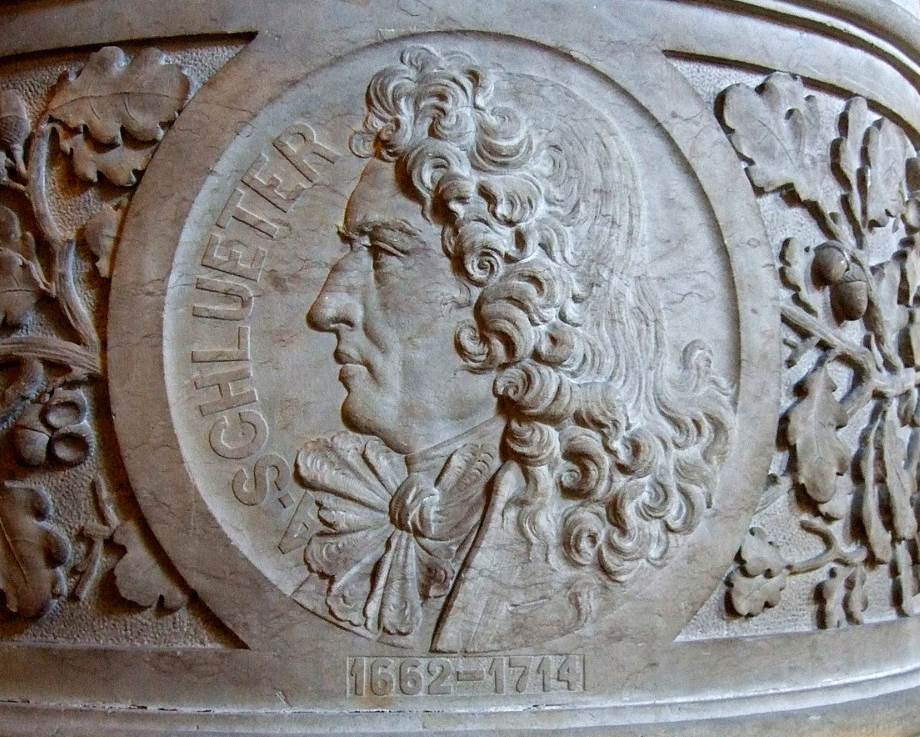
8. Guillaume Coustou the Elder
Guillaume Coustou the Elder (1677-1746) was one of the leading Baroque sculptors in France during the 18th century. He was the royal sculptor for both King Louis XIV and King Louis XV and became the director of the prestigious Royal Academy of Painting and Sculpture in Paris in 1735.
He incorporated both the Baroque and Louis XIV styles into his works and many of his sculptures can now be found in the Louvre Museum and public spaces in Paris. His most famous works are the horses made for the Chateau of Marly. These mark the transition from Baroque to Rococo in the 18th century and replicas can be found at the Place de la Concorde in Paris.
